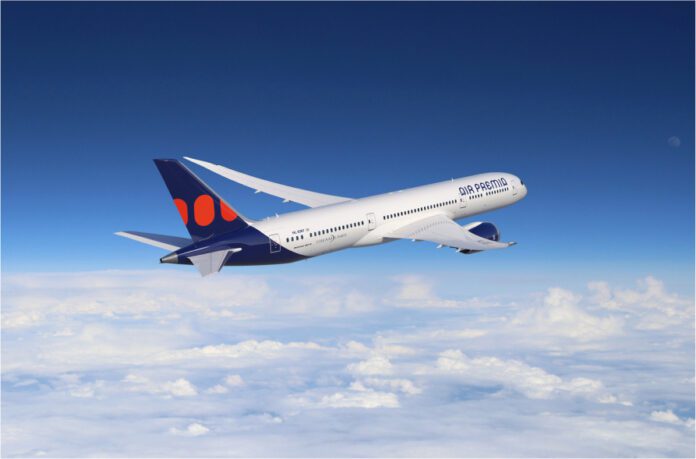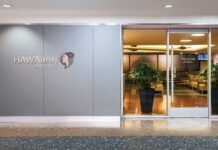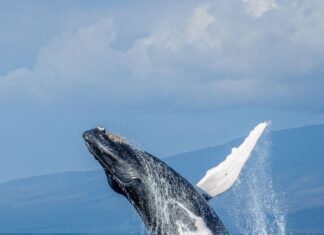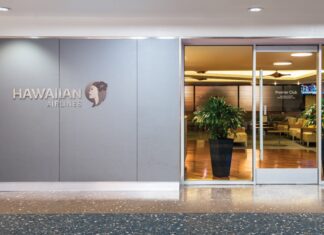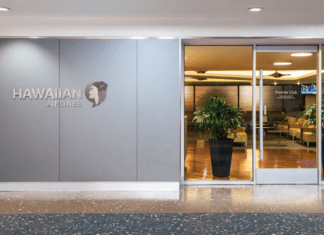Air Premia is rewriting its Hawai‘i playbook—this summer, and not just a rerun of winter service. The airline had previously operated seasonal flights between Incheon and Honolulu from December 31, 2023, to March 4, 2024.
But the upcoming schedule marks a first: these are its first-ever summer Honolulu flights, beginning July 2, 2025, with a four-times‑weekly rotation.
According to the Hawai‘i Tourism Authority, tickets have been available since April 7, and the route is part of a broader strategy to strengthen air connectivity between Korea and the Islands.
Air Premia? Who Are They
Founded in 2017 by the former president of Jeju Air, Air Premia positions itself as South Korea’s first “hybrid” long-haul airline—a blend of full-service perks and budget airline pricing. It launched with domestic flights in 2021, connecting Seoul and Jeju, before transitioning exclusively to international routes.
The airline operates a modern, fuel-efficient fleet made up entirely of Boeing 787‑9 Dreamliners, currently seven strong with two more on the way. These aircraft are well-suited for long-haul journeys like Honolulu, with configurations that typically seat around 344 passengers, including 56 in premium economy and 309 in standard economy.
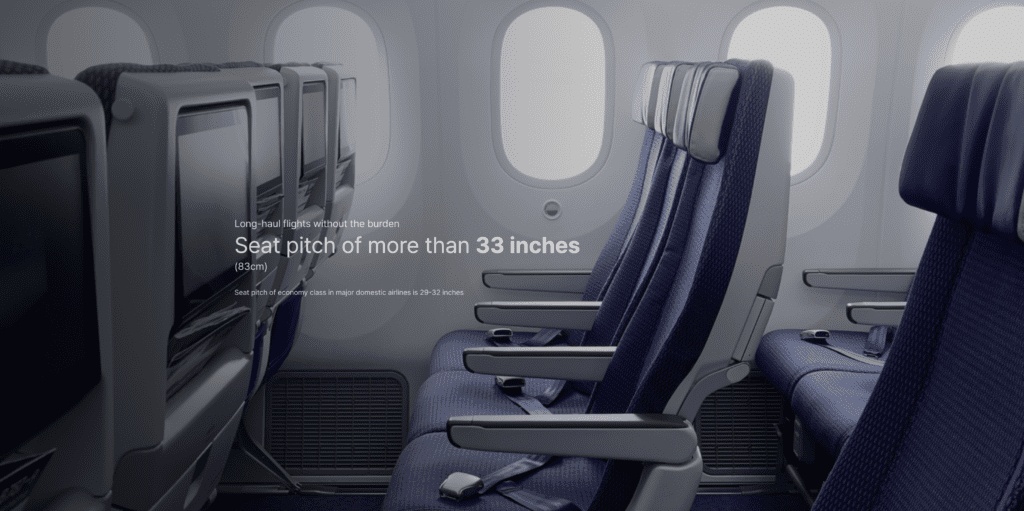
The onboard experience leans upscale for a budget-minded carrier. Air Premia offers two cabin classes: “Premia 42” premium economy, with a roomy 42-inch seat pitch in a 2-3-2 layout, and “Premia 35” economy, which still boasts a generous 35-inch pitch in a 3-3-3 configuration. Travelers can expect complimentary meals, baggage, and in-flight entertainment—perks that outshine most low-cost competitors.

Passenger reviews are mixed, and unlike Korean Air I could not find them on TripAdvisor.
For its upcoming Honolulu service, launching July 2, 2025, Air Premia will fly the 787‑9 four times weekly, with aircraft seating between 246 and 344 passengers depending on the configuration.
Air Premia Fares for July: What to Expect
If you’re eyeing a trip from Seoul to Honolulu this summer, Air Premia is offering some competitive launch pricing. One-way flights from Incheon to Honolulu in mid-July—like a July 12 departure—are currently listed around $268, with fares for earlier in the month hovering between $265 and $270.

Quick Fare Snapshot – July Launch Week
One-way (ICN → HNL): Approx $265–$267, based on current mid-July pricing ($267 for July 12 departures via Skyscanner)
Round-trip (ICN ↔ HNL): Around $475 for July 5–11, according to Google Flights
👉 Explore live fares on Google Flights
Why HTA Is Partnering with Air Premia (…and What It Means for Hawai‘i)
The Hawai‘i Tourism Authority (HTA) sees Air Premia as more than just a new airline on the tarmac—it’s a key partner in expanding and diversifying Hawai‘i’s visitor pipeline, especially from South Korea, one of the state’s top international markets. According to HTA’s 2025 brand marketing strategy, the agency, in partnership with Aviareps, is actively working to “strengthen air connectivity” by collaborating with airlines like Korean Air, Asiana, and now, Air Premia.
By helping promote new routes and reducing friction in flight access, HTA is aiming to boost seat supply during critical travel periods—especially summer, which has historically seen fewer direct flights from Korea.
🚀 What This Partnership Brings to Hawai‘i
1. Summer Seat Supply Boost
Air Premia’s new four-times-weekly summer service fills a long-standing gap in seasonal airlift. While Korean carriers typically ramp up for winter travel, the summer schedule has been underserved. This new route offers year-round potential and taps into rising demand for off-season travel.
2. Competitive Pricing with Broader Reach
As a hybrid carrier, Air Premia hits a sweet spot: lower fares than traditional airlines, but with enough comfort to attract premium-conscious travelers. This aligns well with HTA’s push to attract mid-market and younger travelers, a group that’s budget-conscious but experience-focused.
3. Building Tourism Resilience
Diversifying air service strengthens Hawai‘i’s economic resilience. More carriers on the Seoul–Honolulu route mean greater stability against flight disruptions—whether from natural events, fleet issues, or airline strikes. HTA is playing the long game here: balancing inbound flow to support local businesses while cushioning against volatility.
4. Long-Term Growth Signals
The HTA has spotlighted Air Premia in multiple South Korea market updates and its 2025 brand campaign—not as a one-off, but as part of a longer-term strategy. This could pave the way for sustained route development, deeper ties with South Korean travelers, and ultimately, more predictable tourism revenue. It also supports broader initiatives like regenerative tourism, which HTA has been prioritizing through destination management and visitor education.

